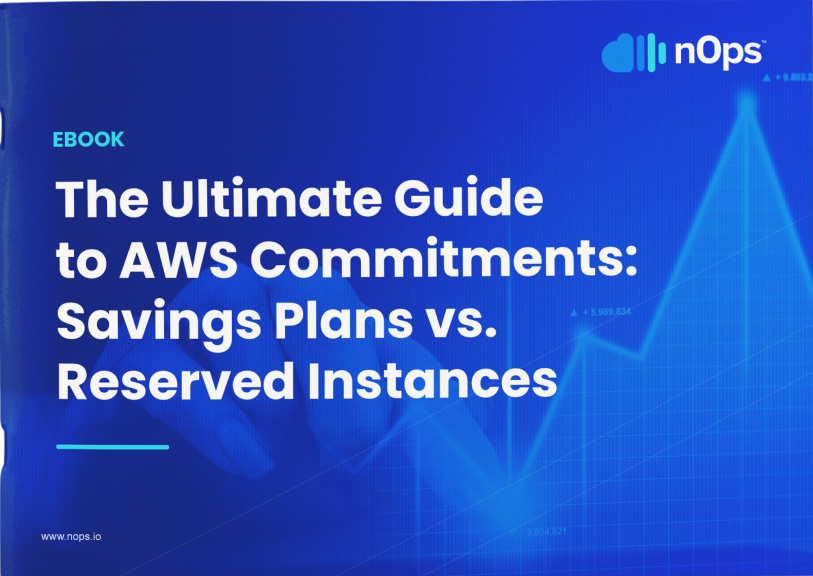- Blog
- Right Sizing
- What are the Best AWS S3 Usage Best Practices?
What are the Best AWS S3 Usage Best Practices?
Last Updated: May 3, 2024, Right Sizing
Data stored in AWS S3 (Amazon Web Services Simple Storage Service) storage is highly useful. AWS storage offers numerous benefits such as high availability, scalability, and cost savings. As a result, any organization migrating its operations to the cloud or that are already using the cloud infrastructure should pay attention to S3 storage.
The widespread use of AWS S3 storage comes with various downsides. Most cloud attackers target this storage service to access data stored in it. Since security in AWS is a shared responsibility, you have to take responsibility to secure your S3 storage.
Besides the security of the AWS S3, you need to ensure optimal performance and minimize costs. Here are some of the best AWS S3 usage best practices for optimal security and performance:
Identify and Audit All Your AWS S3 Buckets
It’s imperative to map out all S3 buckets to manage your S3 storage effectively. Identifying your crucial S3 buckets is an essential step towards security and stellar governance. nOps provides a 360-degree view of your resources, allowing you to navigate your resources all in one place. You can leverage this visibility to assess your security posture and remediate any vulnerabilities.
Block Public Access to S3
AWS S3 allows users to block public access to all resources at either the account level or the bucket level. Blocking public access helps prevent malicious attackers from accessing and compromising storage buckets. Through the S3 Block Public Access Settings, you can override any permissions and prevent accidental exposure. The block feature gives complete control over your resources and offers maximum protection to S3.
Enable Multi-factor Authentication (MFA) Delete
Multi-factor authentication (MFA) Delete is a great way to enhance security for S3 buckets. This security feature prevents the accidental deletion of S3 buckets, and by enabling MFA-Delete, you prevent privileged users from deleting S3 objects.
Only the bucket owner can enable MFA delete. In case other users initiate delete actions, they should prove physical possession of an MFA device. Multi-factor authentication adds an extra layer of protection, especially from malicious insider actions.
The Ultimate Guide to AWS Commitments

IAM User Permit Restriction
Identity and Access Management (IAM) plays a crucial role when it comes to data access. IAM works in various ways:
- Use IAM for AWS Applications that require S3 Access
It’s imperative to use temporary IAM roles to manage all services and applications that need S3 access. Applications such as AWS EC2 and Lambda that require access to S3 must include valid credentials in their API requests. By using a temporary role, you avoid distributing long-term credentials.
- Least Privilege
All identity policies should follow the least privilege policy that permits the completion of a single task. The least privilege policy prevents involuntary change or access to resources and ensures users only have the permission they need to perform their job functions.
Encrypt All Data
Encrypting S3 data makes it difficult to compromise unless decrypted. You should encrypt all data in transit, either in or out of S3, which prevents unauthorized users from reading data and its associated storage. Here’s a good explanation of how to encrypt all your S3 buckets.
It’s also essential to encrypt all data at rest. You should enable encryption for any data in non-volatile storage, including databases, object storage, block storage, or any other medium. Encryption reduces the risk of unauthorized access, provided you have adequate access controls in place.
Bottom Line
It’s essential to implement the above strategies in your AWS S3 usage because they allow optimal AWS security and performance. If you have quite a number of provisioned s3 resources, checking for s3 resources that are unencrypted and with inadequate access privileges can be quite strenuous. The nOps engine checks for and lists these insecure s3 buckets in a comprehensive dashboard. You can then take appropriate remediations based on this list.
At nOps, we provide a more secure platform to manage AWS S3 storage. nOps aligns with the AWS Well-Architected Framework to provide secure, reliable, and high-performance platforms to build and deploy workloads in AWS.
Schedule a demo today, or start your free trial to get started with nOps!





